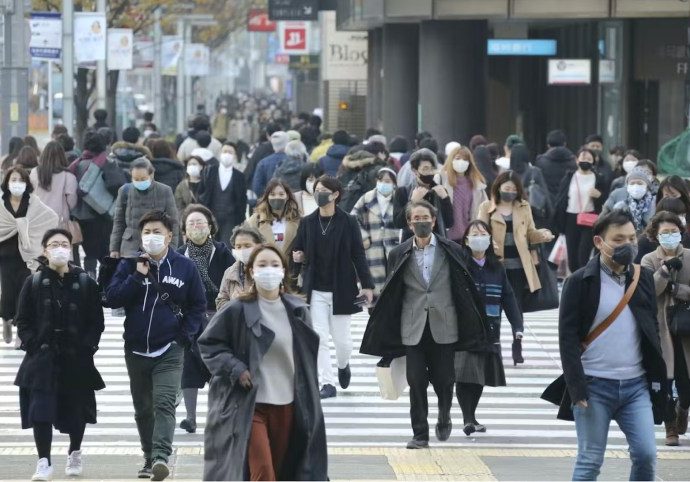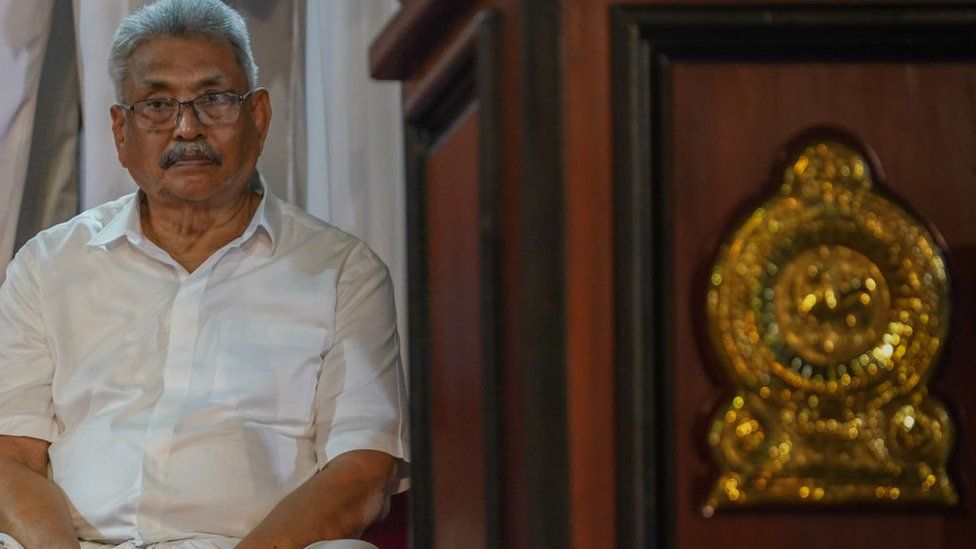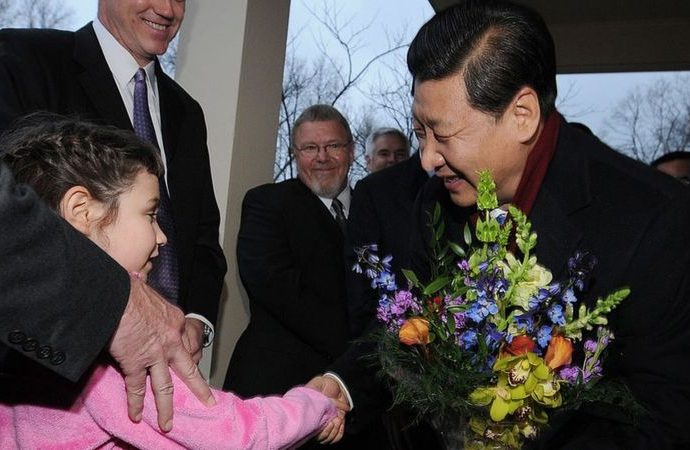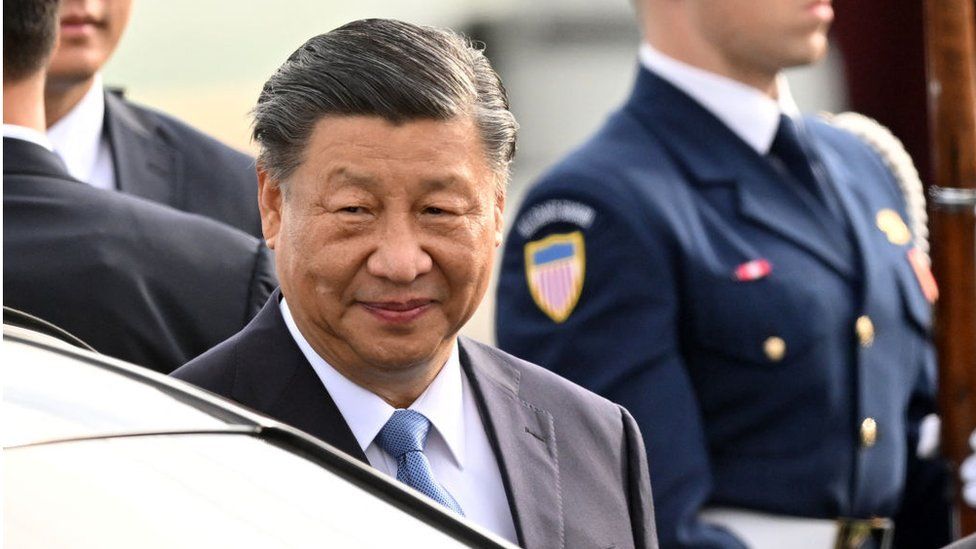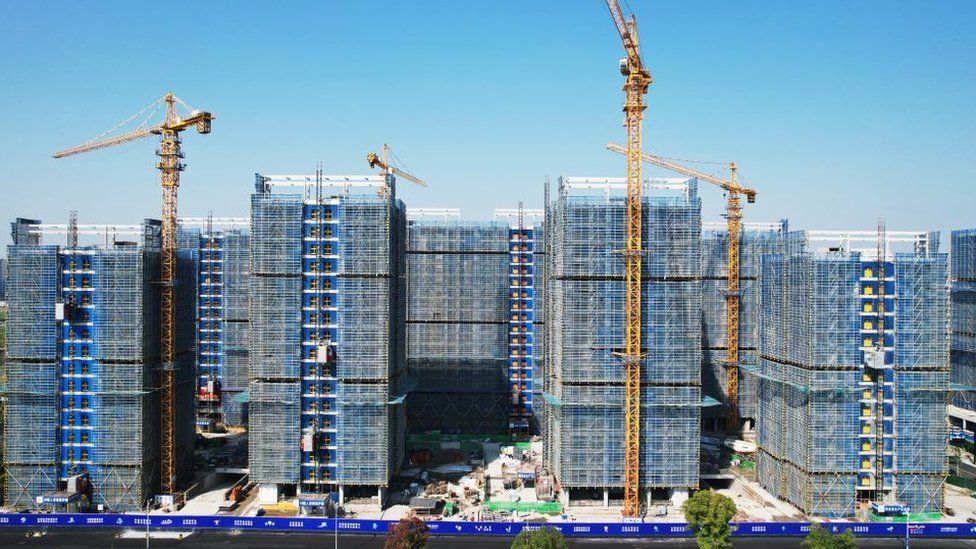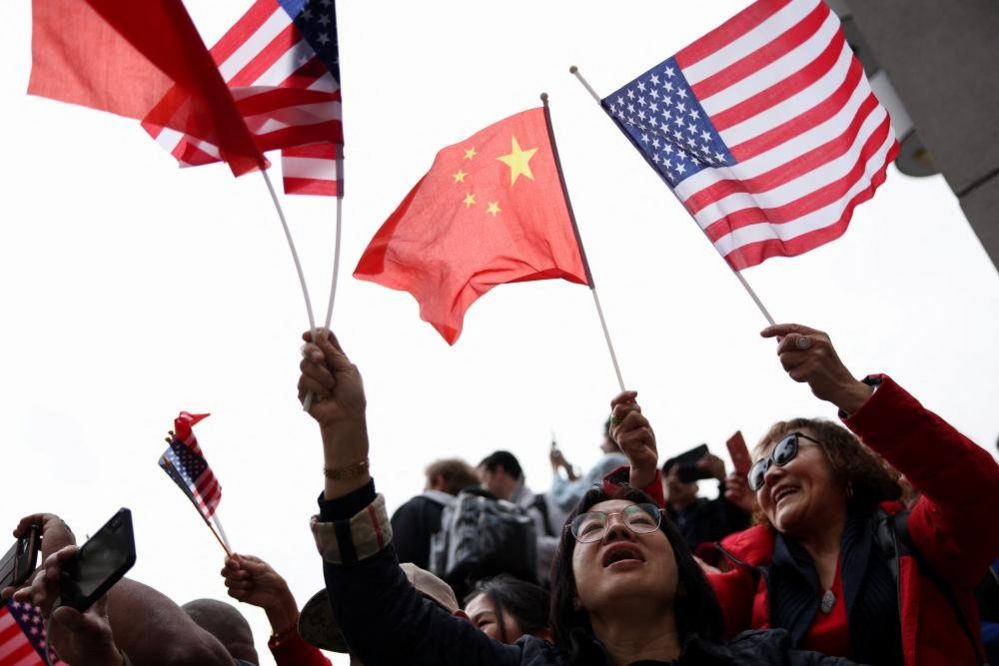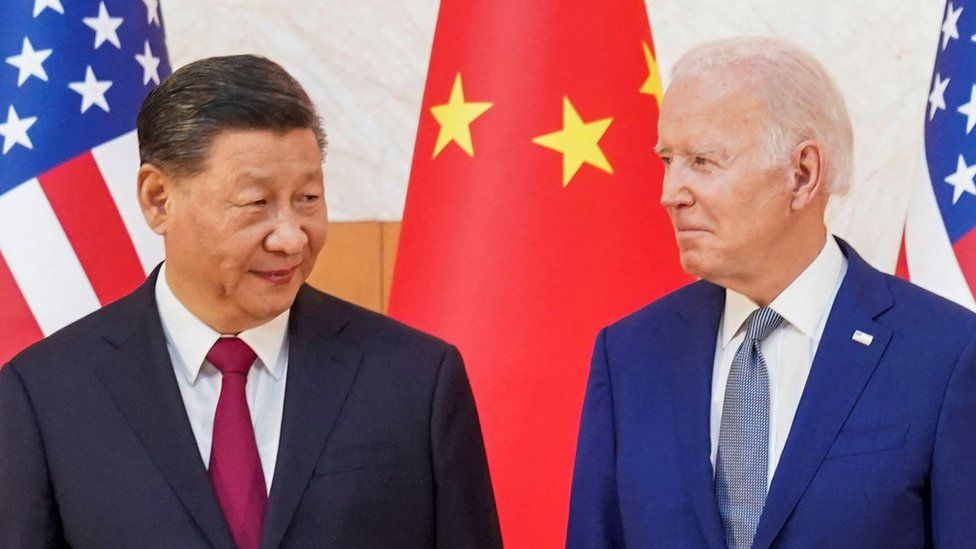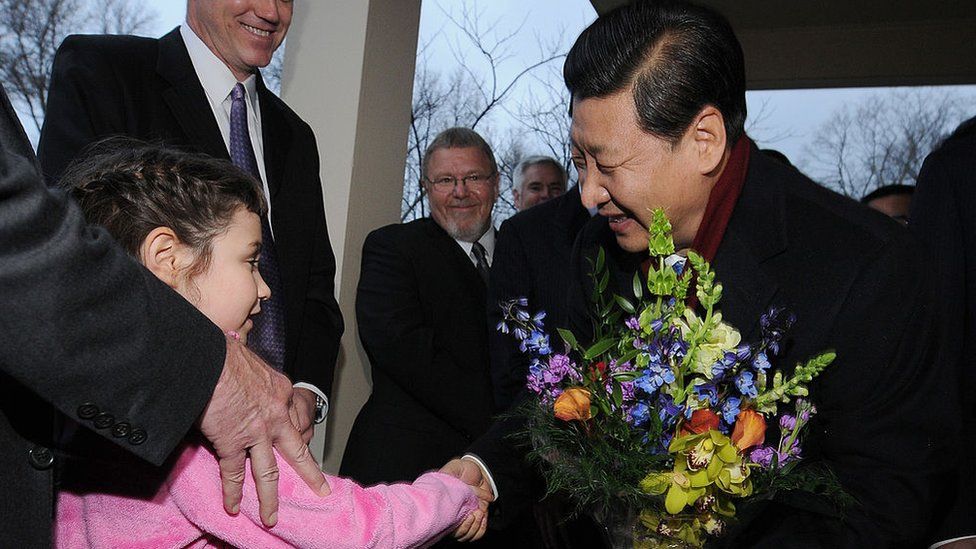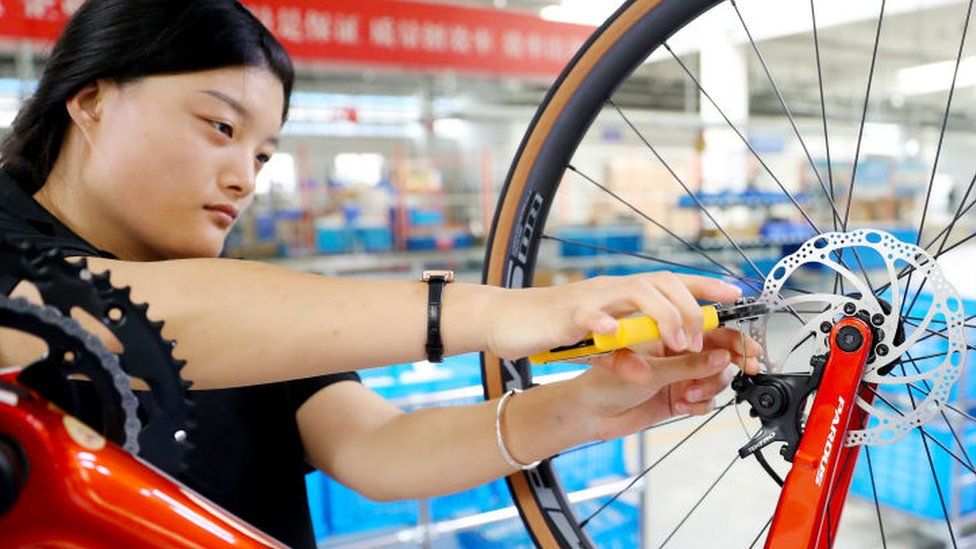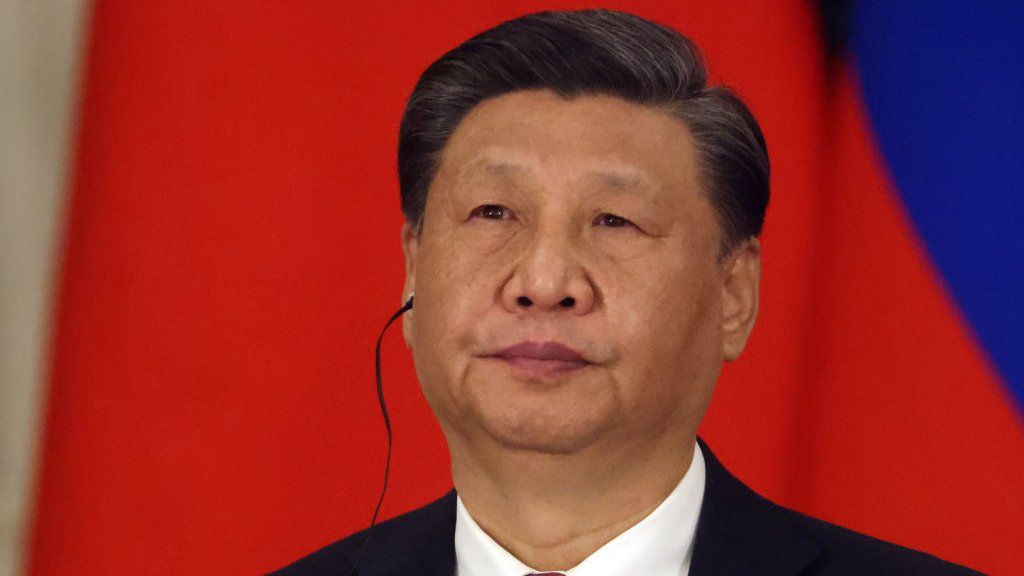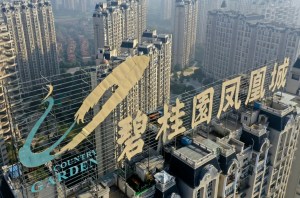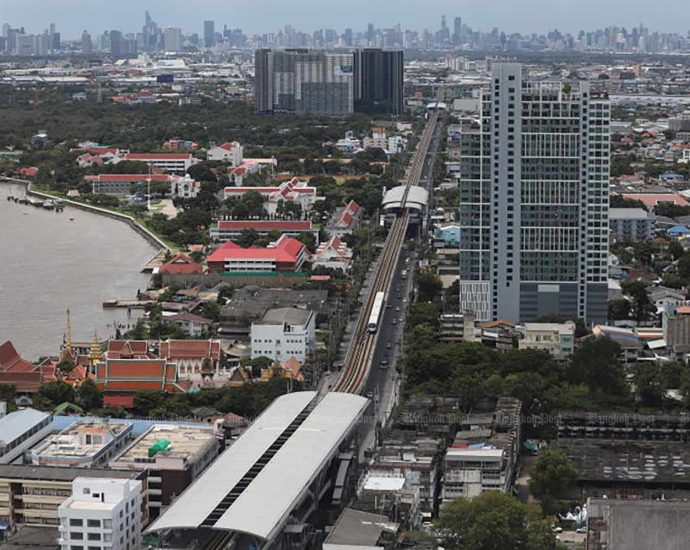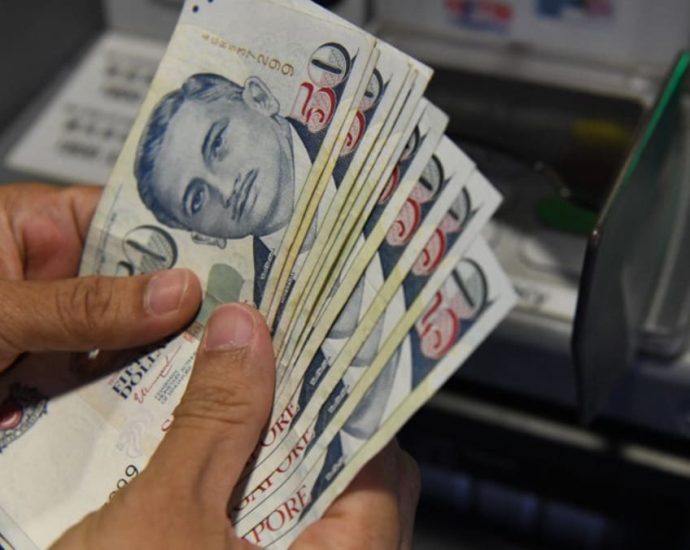13 nabbed over 9 scam loan apps
PUBLISHED : 16 Nov 2023 at 05:19
Police have arrested 13 suspects related to nine scam loan apps and seized passbooks which were found to show a total of 500 million baht in circulation.
Central Investigation Bureau (CIB) chief Pol Lt Gen Jirabhop Bhuridej said on Wednesday at a press briefing that crackdowns took place in 23 locations across Bangkok, Nonthaburi, Chon Buri, Pathum Thani, Nakhon Ratchasima, Prachin Buri, Ayutthaya, Samut Prakan, Chumphon and Trang early this week.
Two major suspects — identified as Yuwathida Puengpipat, 37, and Weerayut Pongpanuwat, 37 — were wanted on warrants issued by the Criminal Court for colluding in fraud, inputting false information into a computer system, operating loan businesses without permission with an interest rate higher than the legal limit, using violence in debt collection, and participating in a transnational crime organisation.
The 11 others were associated with mule accounts.
Police also seized 52 items, including passbooks, notebooks, tablets and electronic devices as part of their raids.
More than 500 million baht was found to have circulated in the accounts.
Police found the loan apps were developed in China. They included Rich Loan, PleasantSheep, SummerCash, FortuneCat, GoldenTiger, FastCash, OrangeCash, GoldenFlower and MemoryLoan apps.
The victims must allow one of the loan apps to access their personal information on their mobile phone, such as their list of contacts, bank account number, photo album, camera, GPS or microphone.
Each victim was required to fill in their real name, source of income, address, bank account number, a photo of their ID card and the user’s face and phone number to receive a one-time password (OTP), police investigators said.
After finishing the authentication process, the victim received just 55% of the overall requested loan but was told to repay the full amount within six days, with an interest rate of 7.5% per day, 225% per month or 2,737.5% per year.

CIB chief Pol Lt Gen Jirabhop Bhuridej shows bank books and other evidence seized from 13 scammers at a press briefing. WASSAYOS NGAMKHAM


